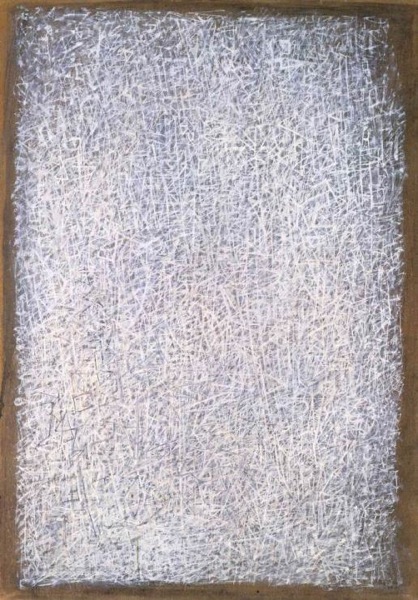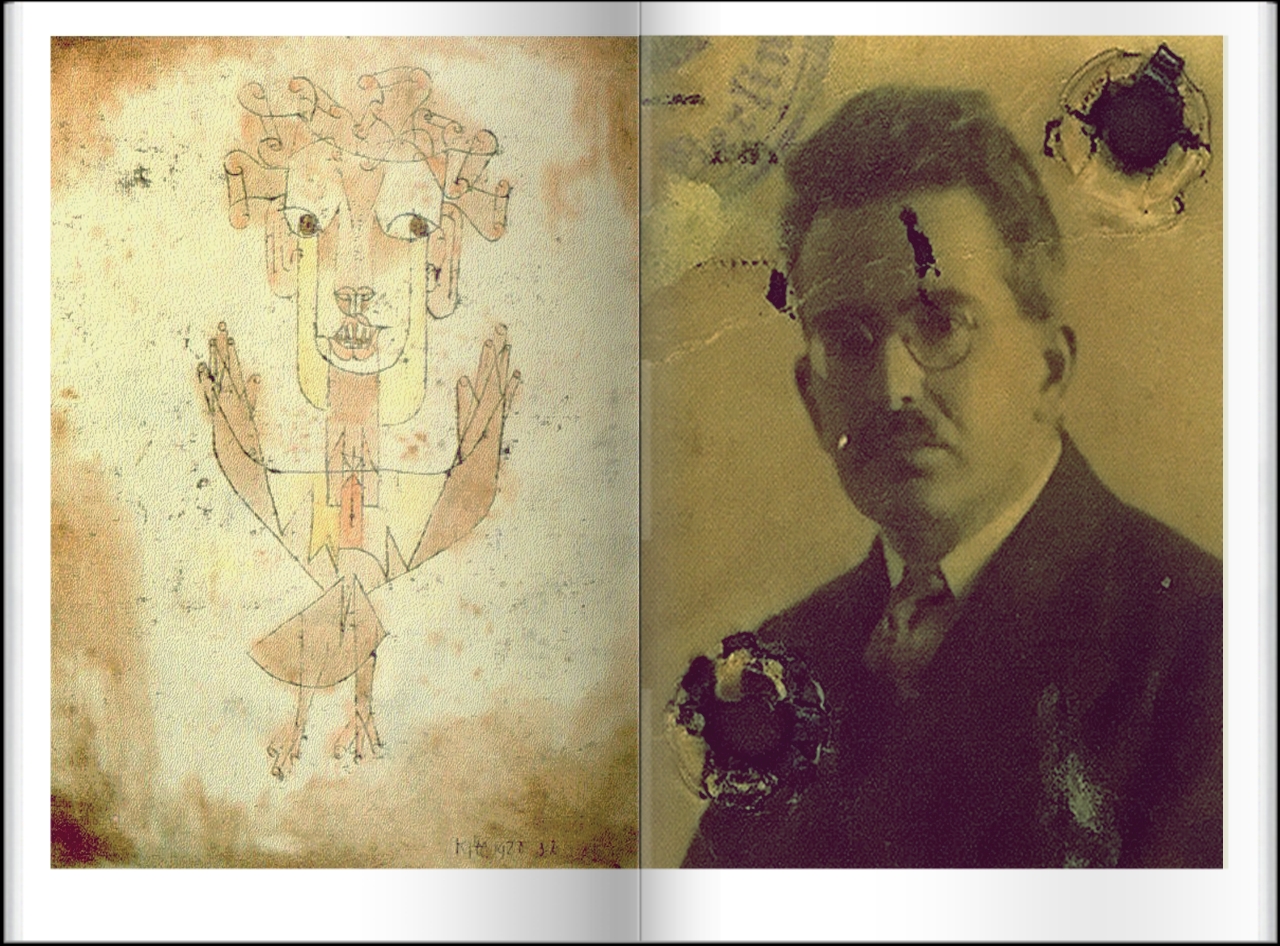Just exploring a few rethinks I don’t understand…
Mimetics
http://www.mimetics.com/theory.html
“By answering the question concerning technology with a sensuous mimetic account of presubjective embodied agency, Benjamin opens a path that can help technocultural critics dispel their residual (and, as I have argued, largely unthematized) commitment to representationalism.
Pre-subjective
From the Wikipedia page on Tonino Griffero
Whereas Heidegger’s moods always presuppose a subjective response, we see atmospheres (in this provocative, anti-subjective sense) not as internal feelings of an individual or metaphors but as pre-subjective feelings, as spatially extended emotions.
I can’t yet make sense of that.
Mimetics seems to relate to Dawkins memes – see Wikipedia but the idea I’m pursuing here is more related to…
Mimesis
Wikipedia.
In ancient Greece, mimesis was an idea that governed the creation of works of art, in particular, with correspondence to the physical world understood as a model for beauty, truth and the good. Plato contrasted mimesis, or imitation, with diegesis, or narrative. After Plato, the meaning of mimesis eventually shifted toward a specifically literary function in ancient Greek society, and its use has changed and been re-interpreted many times since then.
This is interesting too…
The Frankfurt school critical theorist T.W. Adorno made use of mimesis as a central philosophical term, interpreting it as a way in which works of art embodied a form of reason that was non-repressive and non-violent.[2]
Benjamin was of that school, was he not? Makes me think the opening quote really should read Mimesis.
This exploration stems from reading an interview in Mousse magazine 34 with Amy Balkin
atp: Are you also interested in the pre-subjective and in rendering it transparent?
ab: Yes, I’m influenced by how Philip K. Dick’s characters build models or prefigurative spaces. These can be nostalgic, like Dick’s “babylands” of the super-rich, who build and curate satellite demesnes to mimic a specific lost place and time of their childhood (e.g. Washington, D.C. in 1935), or the miniaturized “layouts” of off-world settlers forcibly evicted to colonize Mars, where a proxy experience of a day out in pre-climate change San Francisco is accessed through drug-enhanced “translation,” but experientially structured by the interior decor of a miniature home layout.
“A model provides a vision to inhabit, whether for a desired political future or a nostalgic past, or some combination of these—a form of continuity. So the pre-subjective could be about the possible experience of a future loss of the familiar via climate change—familiar birds and plants,
landscapes or food, or the familiar in terms of ideas of shared spaces or notions of experiential commonality, whether as a park or some formulation for an equitably shared space. So perhaps the question for me would be about a commons as a way forward versus nostalgia for a kind of shared land and resource use that was historically situation-specific.
This makes more sense, but I’m still not really a member of this discourse domain.
Was that story by Philip K Dick the basis for True Lies? No, I think the reference is to Now wait for last year but is could have been, seems like they pinched a few ideas. And they did use a Philip K Dick story for the other Arnold Schwarzenegger movie Total Recall. Perhaps the novel and the short story have a similar theme.
__________________________________________________
The following serendipitously found its way here…
Part of recent explorations in In this moment… my art blog





 From:
From: Amazon
Amazon Amazon
Amazon